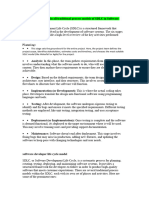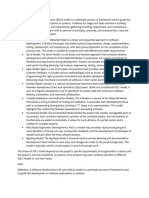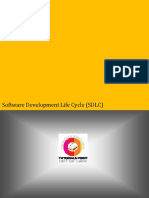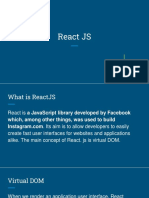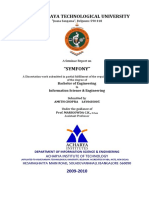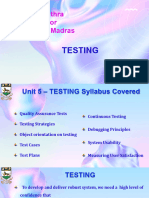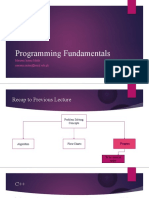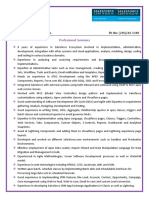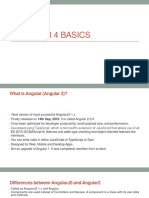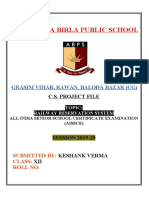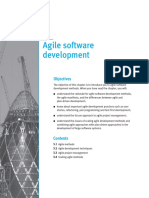0% found this document useful (0 votes)
47 views3 pagesSDLC Guide
The document outlines the Software Development Life Cycle (SDLC), detailing its seven phases: Requirement Gathering & Analysis, Planning, System Design, Implementation, Testing, Deployment, and Maintenance, along with associated activities and documentation. It also describes various SDLC models such as Waterfall, Agile, Scrum, Spiral, V-Model, and DevOps, highlighting their best use cases. Additionally, a sample folder structure for organizing SDLC documents is provided.
Uploaded by
hamzatanvir699Copyright
© © All Rights Reserved
We take content rights seriously. If you suspect this is your content, claim it here.
Available Formats
Download as PDF, TXT or read online on Scribd
0% found this document useful (0 votes)
47 views3 pagesSDLC Guide
The document outlines the Software Development Life Cycle (SDLC), detailing its seven phases: Requirement Gathering & Analysis, Planning, System Design, Implementation, Testing, Deployment, and Maintenance, along with associated activities and documentation. It also describes various SDLC models such as Waterfall, Agile, Scrum, Spiral, V-Model, and DevOps, highlighting their best use cases. Additionally, a sample folder structure for organizing SDLC documents is provided.
Uploaded by
hamzatanvir699Copyright
© © All Rights Reserved
We take content rights seriously. If you suspect this is your content, claim it here.
Available Formats
Download as PDF, TXT or read online on Scribd
/ 3



